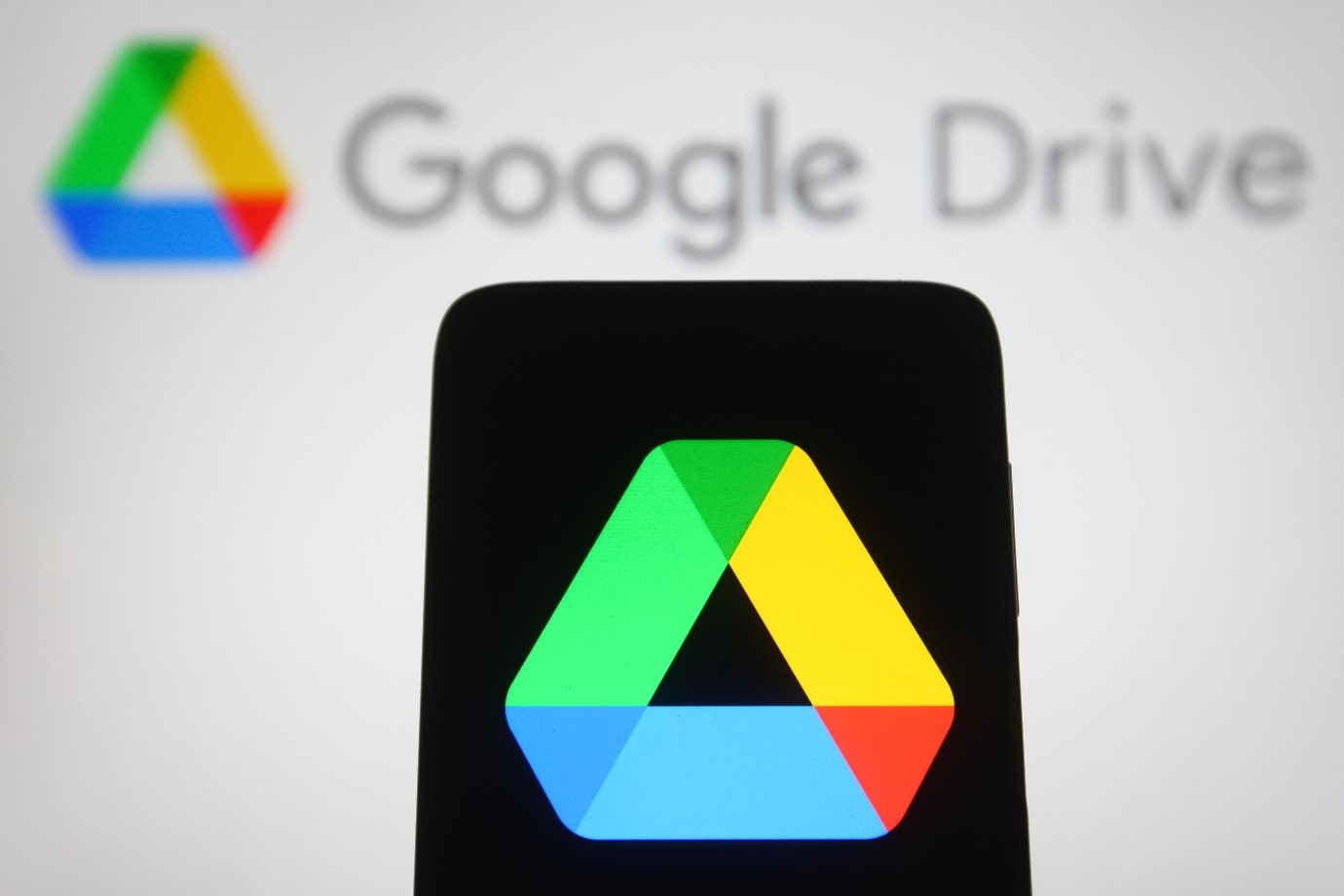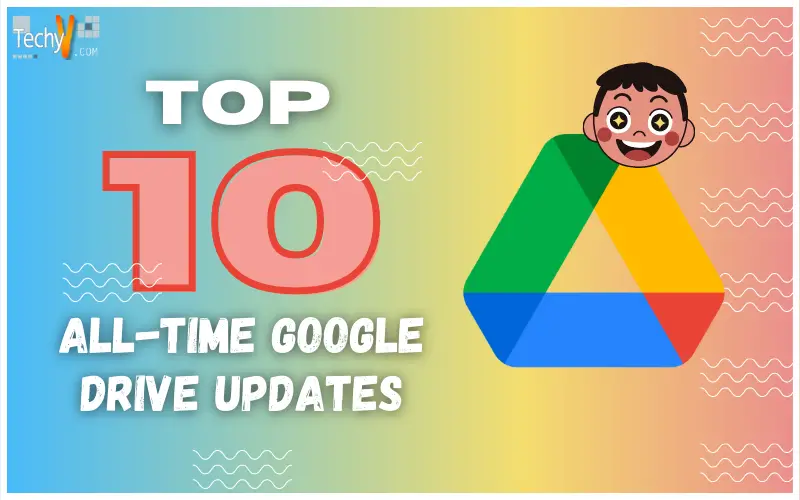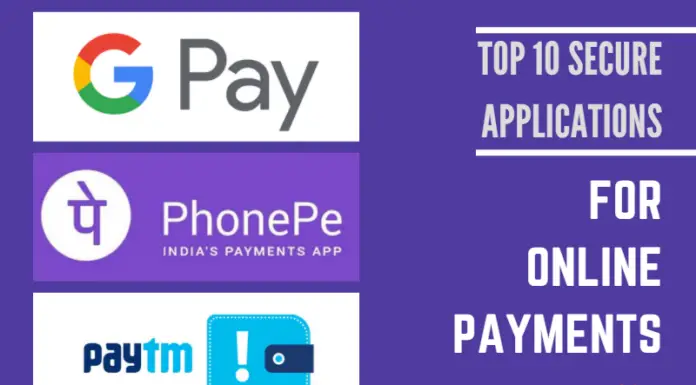The fact that Google is constantly working to raise the caliber of the Google Workspace Apps is one of the best reasons to switch to Google Workspace. They accomplish this by regularly releasing helpful updates for Google Drive and other Google Workspace Apps. Some of these updates are frequently game-changing, while others make life easier for Google Workspace Apps users (like adding basic keyboard shortcuts). The top Google partner in Australia, Onsite Helper, is here to share the most recent Google Drive updates. Both primary personal use and business use can benefit from these updates.
1. Native Slides App For iOS
Users of the iPhone and iPad can now edit Slides offline and view and edit PowerPoint decks without conversion, thanks to Google’s long-awaited standalone Slides app for iOS.

2. File Location Information
Google has added a new column to Google Drive that displays the file’s location details. Only the file name, owner, size, and modification date were previously visible. The file’s location is now visible in Google Drive’s Search, Recent, Starred, and Trash web views. Easily distinguish between files that are stored in various locations but have similar names, thanks to this feature. You can find the files you’re looking for much more quickly. Users can read more information regarding Google Drive file accessibility.
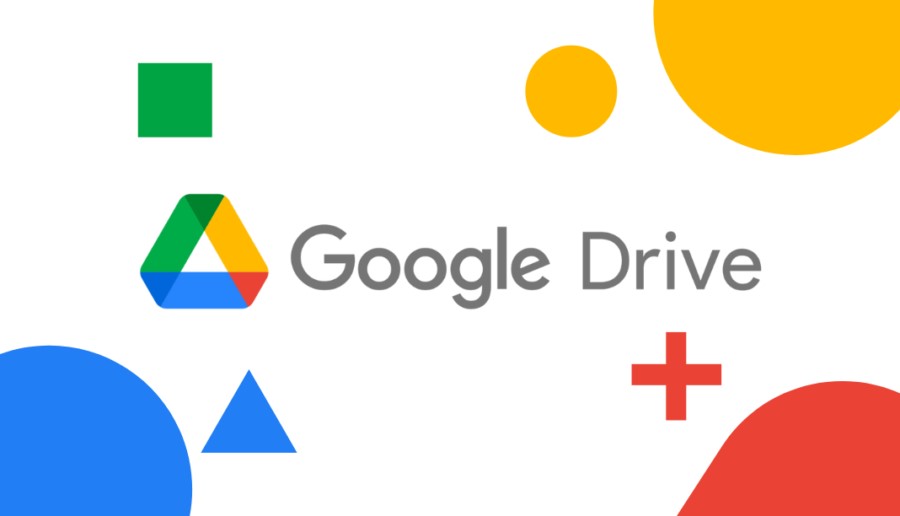
3. Advanced Security For Drive For Work
Google released the Drive Audit API soon after the debut of Drive for Work, allowing companies like Better Cloud to create sophisticated security and auditing tools for Drive. Utilizing the new API, our product Flash Panel will be able to immediately alert IT, administrators, when: A collaborator is added to a Drive document. An official document is distributed. A file is removed from a shared folder used by the entire company. A document has been created, modified, renamed, moved, or added to a folder; it has also been marked as trash, removed from the trash, or deleted.
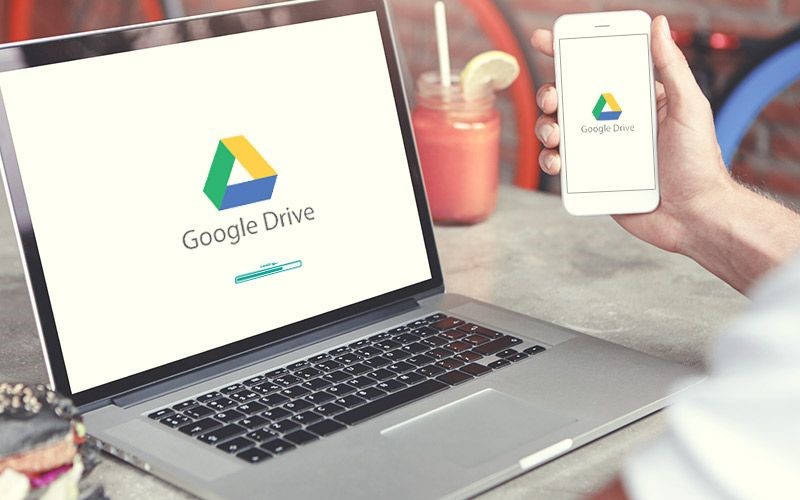
4. New Docs, Sheets, And Slides
The release of slick new versions of Docs, Sheets, and Slides by Google, which was announced at I/O, gave users long-awaited functionality and raised the usability of Drive while putting the suite on par with Microsoft Office. Updates contain: Android mobile application for Slides (keep reading for more on the Slides iOS app) I was editing Office files directly in web and mobile versions of Docs, Sheets, and Slides (on Android). Similar to redlining, suggested edits allow users to submit suggestions for changes that can be approved or rejected.
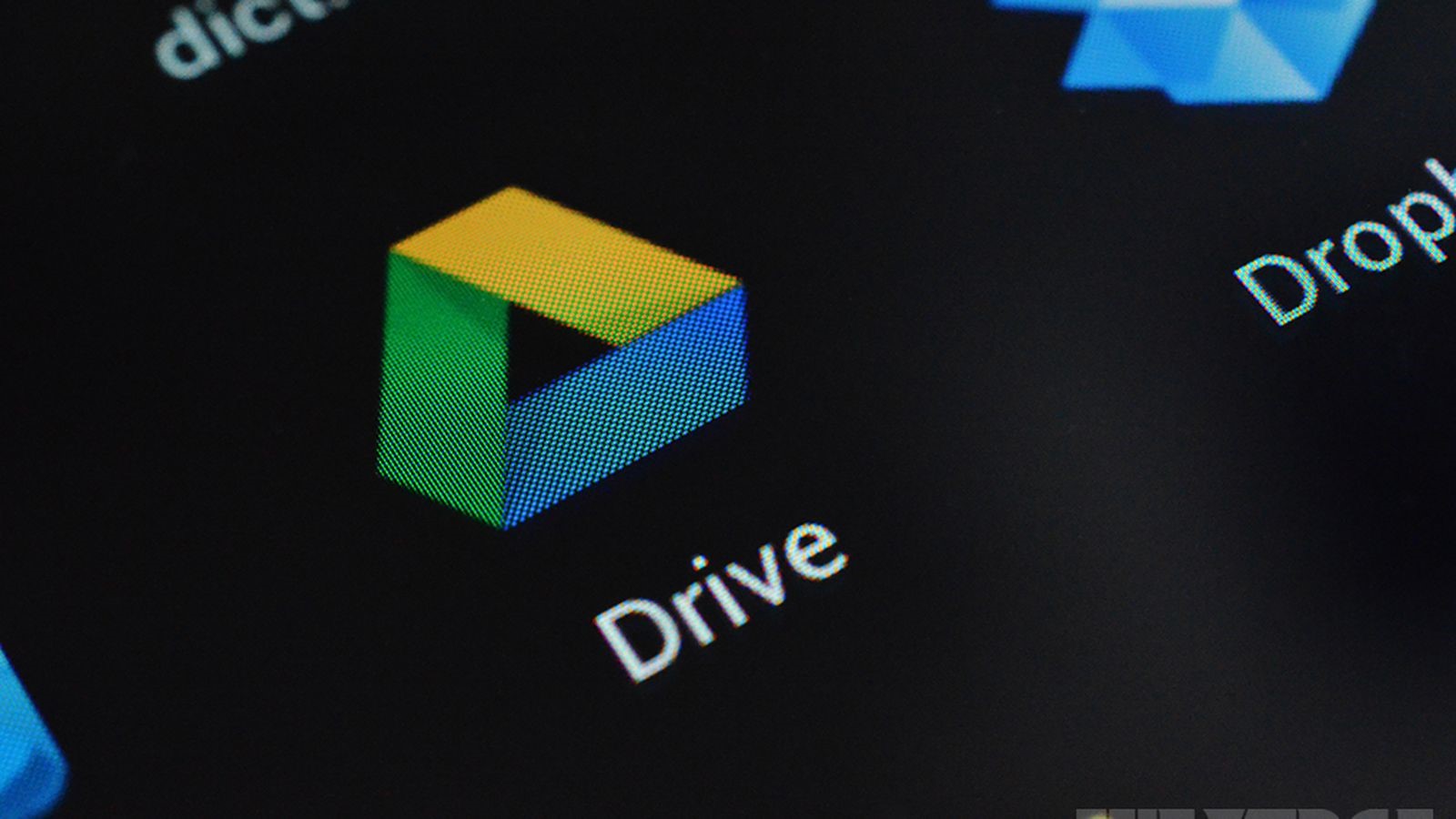
5. Drive For Work
The most significant update to Drive since its debut, especially for users of Google Apps, happened in June at Google’s yearly I/O developer conference. Businesses using Apps now have more control, security, and visibility over how files are shared in their organization, thanks to Drive for Work. Unlimited storage with a 5TB maximum file size. IT professionals can view file activity using advanced audit reporting, such as when a file is moved, deleted, or shared inside or outside the company. IT administrators can now choose which employees can and cannot install the Drive desktop client sync thanks to new security controls. All files uploaded to Drive are encrypted both when they are in transit between Google data centers and when they are at rest on Google servers. Drive for Work also comes with Google Apps Vault, a compliance-focused search and discovery tool.

6. Separate Docs And Slides Mobile Apps
To give users a better experience, Google updates its Drive apps for mobile devices frequently. However, Google released standalone Docs and Sheets apps in March to compete with Microsoft’s new cloud-based and mobile Outlook and Office apps for iOS. These standalone apps can be opened independently or from within the Drive application, saving users from having to scroll through their Drive files and folders. Most importantly, the new applications enable offline file creation, editing, and viewing.

7. More Storage
Due to some infrastructure changes, Google significantly reduced the price of its monthly storage plans for Drive (and undoubtedly to stay ahead of rivals like Box and Dropbox). Although beneficial to consumer users, as more companies shifted to Drive for Work, this update would later become essentially useless.
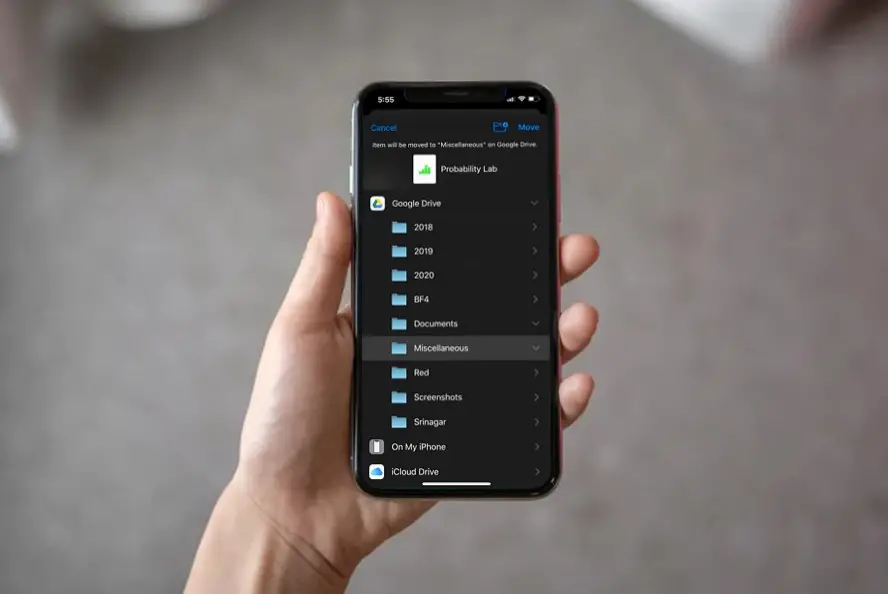
8. Add-Ons For Docs And Sheets
Several months following the Sheets upgrade, Google made Add-ons for Docs and Sheets available. These valuable programs were created by the company’s developer, and partners to supplement the built-in features of Docs and Sheets. Add-ons bring functionality found in older office productivity suites to the cloud, much like the Sheets update. Mail Chimp, Easy Bib, Avery Label Merge, and others were launch partners.
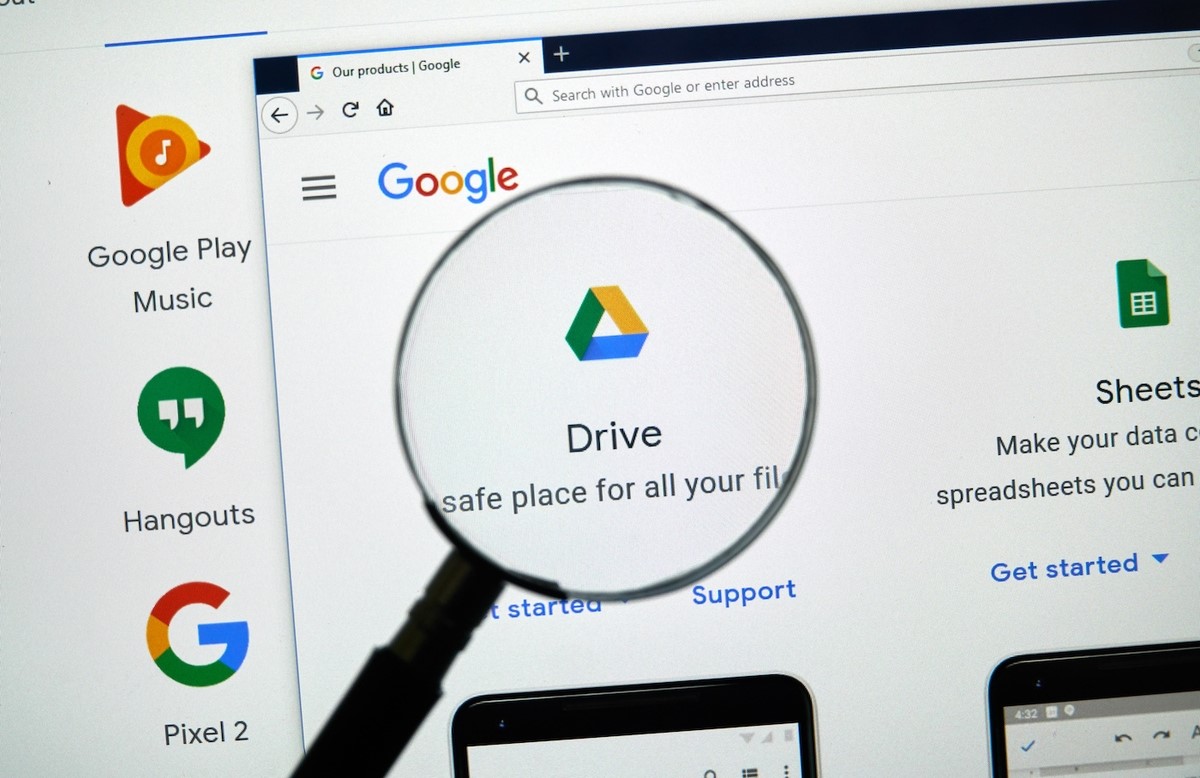
9. Copy Client-Side Encrypted Documents
Client-side encrypted versions of Docs, Sheets and Slides now be copied. The encryption will be maintained when copies of the encrypted files are created. As a result, using it is easier existing content as a starting point for new encrypted documents. Customers of Google Workspace Enterprise Plus, Education Standard, and Education Plus can access this update.

10. Offline Editing And Drive For iOS
Offline Editing
Through the Drive web interface, users could create, edit, and post comments on Docs while not connected to the internet. Although these updates were undoubtedly beneficial, users would have to wait months before Sheets and Slides would receive the same features. Even though Google limited the addition of offline editing to just one area of Drive, the change was very significant. Google Apps has faced criticism for its lack of offline functionality since it launched. It was pointed out by critics that using apps made working without an internet connection all, but impossible. This update put the critics to rest and raised the usability of Google Apps to a new level.
Drive Comes To iOS
Google Drive didn’t have a companion iOS app when it first launched. However, Google quickly responded with a feature-rich mobile application that allowed users to: Open any stored files in Drive, including PDFs, images, videos, and documents. Search through all files, invite co-workers to edit documents, and make files accessible offline for offline viewing.
